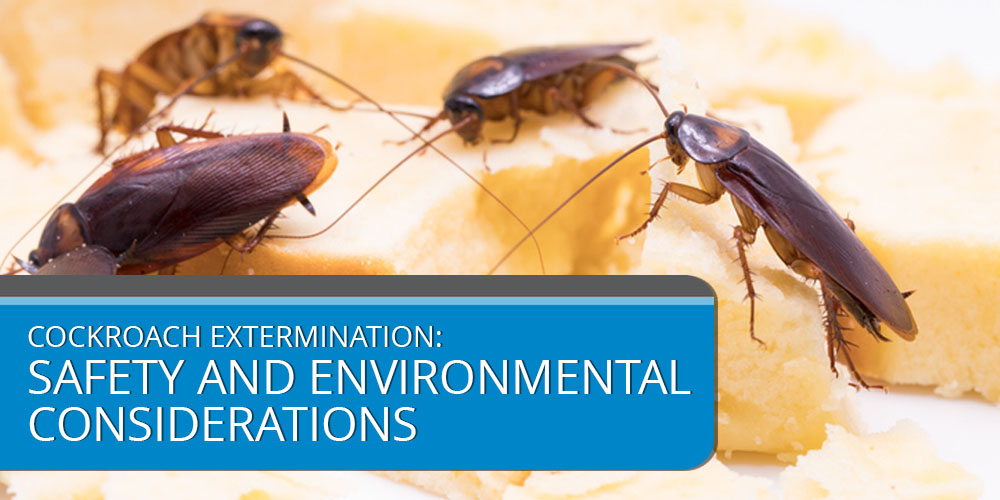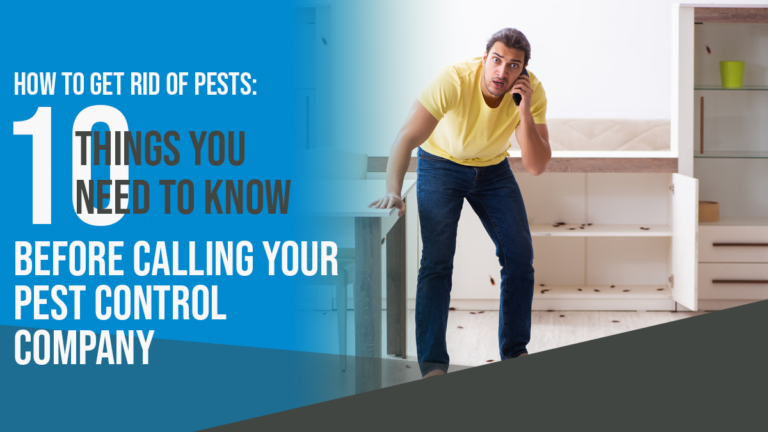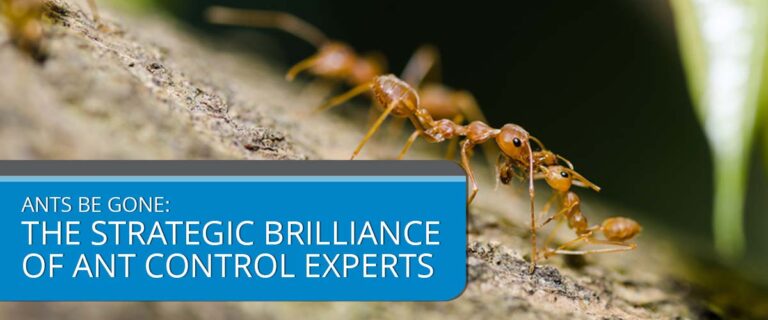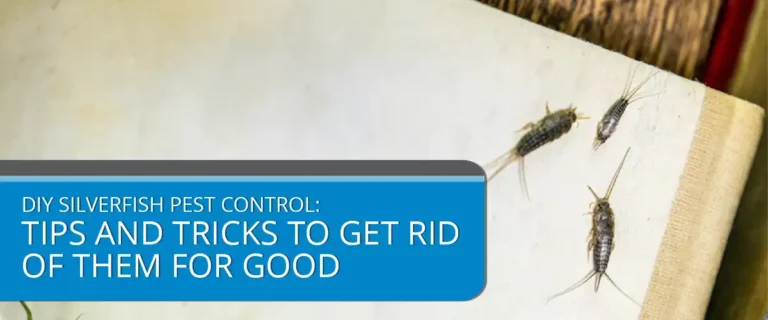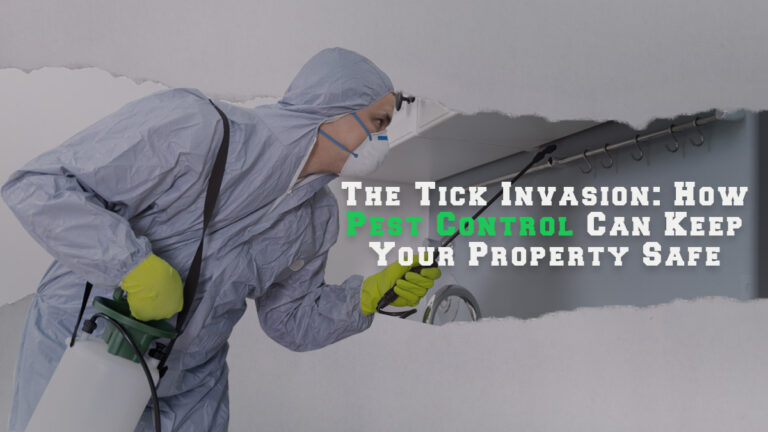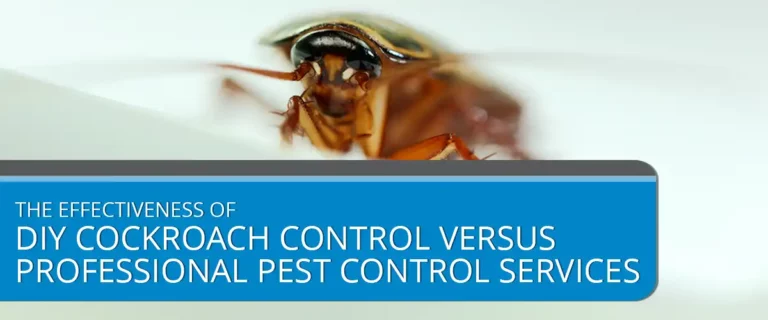Cockroach Extermination: Safety and Environmental Considerations
Do you want to avoid uninvited guests scurrying around your home? Cockroach infestations are a prevalent problem affecting homes and businesses worldwide. These pests pose health risks by spreading diseases and causing sanitation issues. Their resilience and rapid breeding make infestations a challenge in local environments and on a global scale. But fear not; as we delve into the world of cockroach extermination, we’ll explore how to tackle this widespread issue while striking a balance between safety, efficacy, and environmental sustainability.

Cockroach Biology and Behavior
Before we dive into extermination methods, let’s familiarize ourselves with these resilient creatures. Cockroaches come in various species, each with unique characteristics. Their ability to survive in both domiciliary and commercial environments poses significant challenges regarding infestation control.
Furthermore, these insects bring a host of health hazards, such as:
- Spread of Diseases: Cockroaches can carry pathogens on their bodies, potentially spreading diseases such as salmonella, cholera, and E. coli.
- Allergen Production: The shed skin, saliva, and droppings of these creatures can trigger allergic reactions and asthma in sensitive individuals.
- Food Contamination: Cockroaches can contaminate food with bacteria and other harmful microorganisms by crawling on food surfaces and utensils.
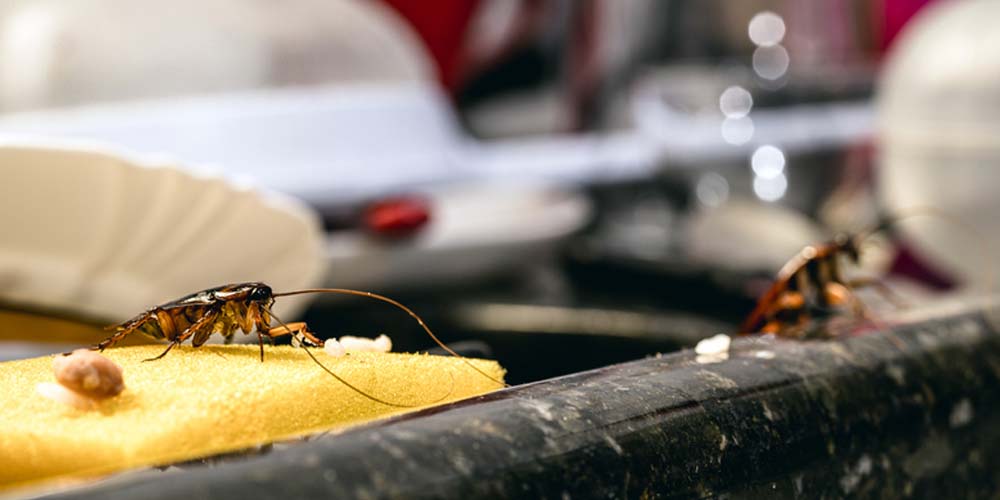
Traditional Extermination Techniques
These methods, such as insecticides, rodenticides, and herbicides, target pests’ nervous systems, disrupt their functions or cause dehydration. Their effectiveness varies by pest type, chemical, and application, but drawbacks include pest resistance, harm to non-target species, and environmental persistence.
Potential risks of traditional extermination methods:
- Health hazards for humans: It can include respiratory issues, skin irritations, and, in severe cases, neurological damage.
- Health hazards for pets: Similar to humans, pets can suffer from exposure to these chemicals, experiencing symptoms ranging from mild irritations to severe poisoning.
- Adverse environmental effects: Chemical residues can contaminate soil, water, and air, harming wildlife and disrupting ecosystems.

Safety-Centric Extermination Strategy
Furthermore, exploring effective and safe strategies for cockroach extermination is crucial for health and environmental sustainability. Recent research highlights promising non-toxic alternatives for cockroach control, including diatomaceous earth, boric acid, and essential oils. Practical use cases demonstrate their effectiveness in residential and commercial settings, offering safer options for humans and pets.
Guidelines for the Safe Use of Chemical Pesticides:
- Always read and adhere to the instructions on the label carefully to avoid improper use.
- Minimize exposure by utilizing protective equipment like gloves and masks.
- Ensure proper ventilation in the treatment area to prevent inhalation of toxic fumes.
- Keep pesticides in their original packaging and out of reach of children and pets.
- Dispose of unused pesticides and containers safely, following local regulations.
Eco-Conscious Approach to Pest Control
On the other hand, traditional pesticides can severely disrupt ecosystems, contaminate soil and waterways, and threaten non-target wildlife. In soil, they damage the essential microbial community for nutrient cycling; in water, they trigger toxic algae blooms, disrupting food chains and biodiversity by harming wildlife, pollinators, and aquatic life.
Adopting eco-friendly pest control methods offers a sustainable alternative:
- Benefits: Minimizes environmental damage, enhances biodiversity, and supports the balance of natural ecosystems.
- Selection Criteria: Choose methods that target specific pests, are safe for non-target species, and have minimal environmental persistence.
- Implementation Steps:
- Identify the specific pest problem and its extent.
- Research eco-friendly control options suited to the issue.
- Apply the chosen method carefully, monitoring its effectiveness.
- Adjust strategies as needed based on observed outcomes and environmental impact.
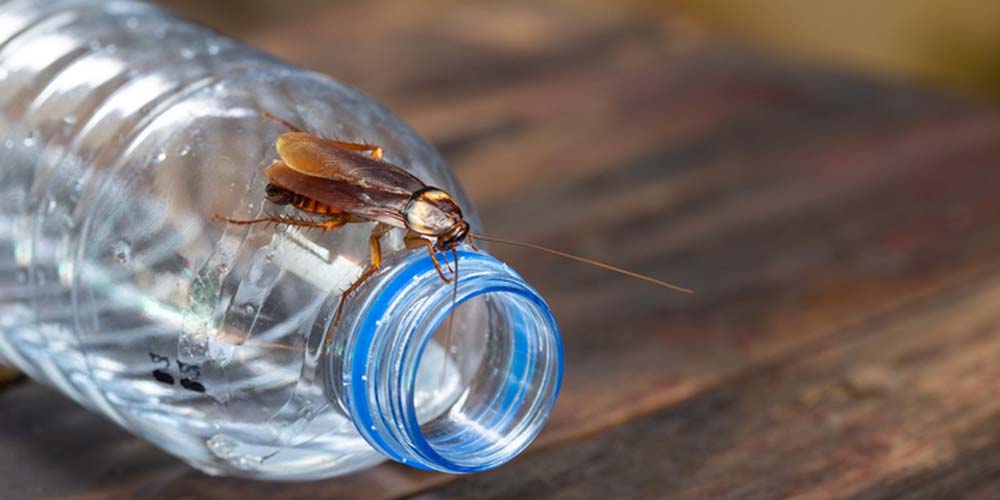
DIY Solutions and Preventive Actions
Moreover, cockroach infestations can be distressing and harmful to health, necessitating effective control and preventive strategies. Arming yourself with effective home remedies and DIY solutions is vital in managing cockroach control:
- Combine boric acid, sugar, and water to form bait that lures and eliminates cockroaches.
- Sprinkle diatomaceous earth in areas where cockroaches frequent; it’s sharp to them but safe for humans and pets.
- Use soap and water sprayed directly on cockroaches to suffocate them.
Preventive Measures to Ward Off Infestations:
- Ensure cleanliness by regularly vacuuming and wiping down surfaces to remove food particles and spills.
- Keep food in airtight containers, and avoid exposing pet food overnight.
- Fix leaky pipes and eliminate standing water to reduce moisture, which attracts cockroaches.
- Block openings and gaps near doors, windows, and walls to stop intrusions.
- Routinely eliminate trash using sealed containers and organize areas to minimize potential hiding places.
- Consider natural deterrents like catnip, which repels cockroaches without harmful chemicals.
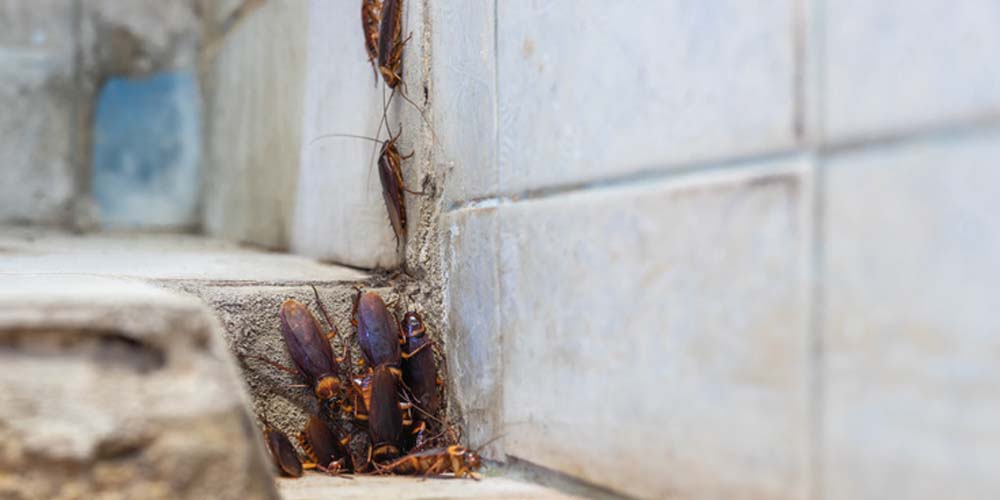
Role of Professional Pest Control Services
Key indicators include the presence of visible pests or their droppings, signs of property damage, and unusual sounds or smells. Suppose DIY methods fail or the infestation seems widespread. In that case, it’s time to call in experts like safe cockroach extermination in Tulsa, who offer specialized assistance to effectively manage pest infestations that pose risks to health and property.
Selecting an environmentally responsible pest control service involves:
- Verifying relevant certifications that ensure adherence to safety and environmental standards.
- Reviewing their pest control practices for eco-friendly methods and products.
- Reading customer testimonials to gauge satisfaction and the company’s commitment to environmentally safe procedures.
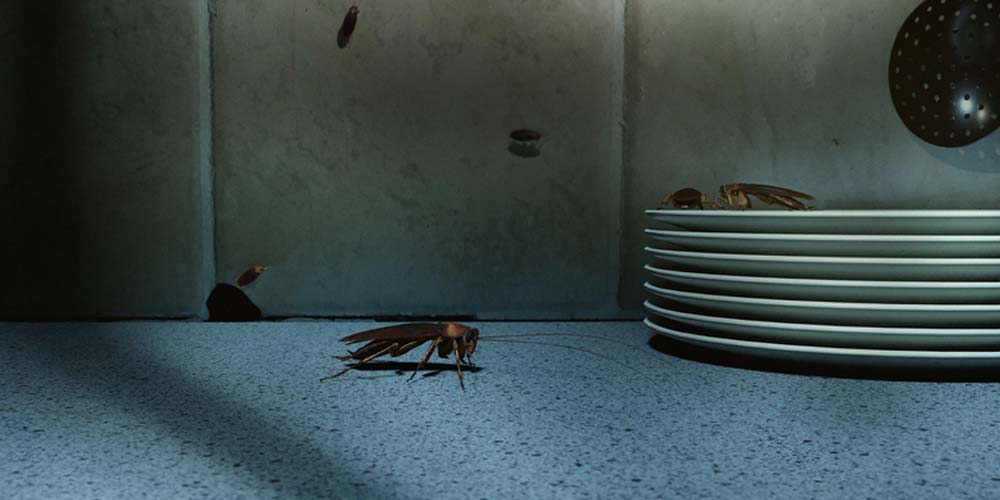
The Regulatory Landscape and Safety Protocols
Navigating the complexities of pesticide use requires a thorough understanding of government regulations and a commitment to safety standards. Government rules significantly influence the utilization of pesticides. We will provide an overview of current rules, interpret their impact on pesticide use, and emphasize the need for compliance.
The sanctity of safety standards in pesticides includes the following:
- Set Guidelines: Detailed protocols for safely handling, applying, and storing pesticides to prevent accidents and environmental damage.
- Importance: These rules safeguard the environment and public health by minimizing the chances of contamination and exposure.
- Adherence: Ensuring compliance involves continuous education, proper equipment use, and adherence to legal requirements, emphasizing the need for regular training and updates on safety practices.
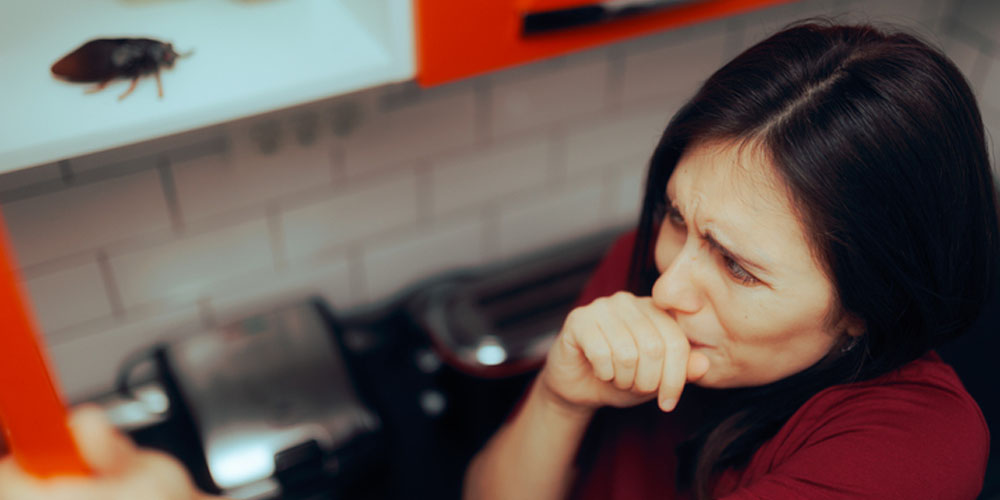
Final Thoughts: Harmonizing Health and Pest Control
Balancing effective cockroach extermination and environmental sustainability in the grand scheme is like walking a tightrope. It’s about striking the perfect harmony – sending roaches packing while keeping our health and planet intact. Remember, it’s not just about winning the battle but doing so with grace, ensuring our homes are safe havens for us, not for pests. So, here’s to reclaiming our spaces in intelligent, secure, and sustainable ways!
References
- Miller, D.M., & Koehler, P.G. (2003). Least Toxic Methods of Cockroach Control. Retrieved from https://www.maine.gov/dacf/php/gotpests/bugs/factsheets/cockroaches-fla.pdf
- Controlling cockroaches. (2012, December 27). Retrieved from https://www.healthychildren.org/English/safety-prevention/at-home/Pages/Controlling-Cockroaches.aspx

